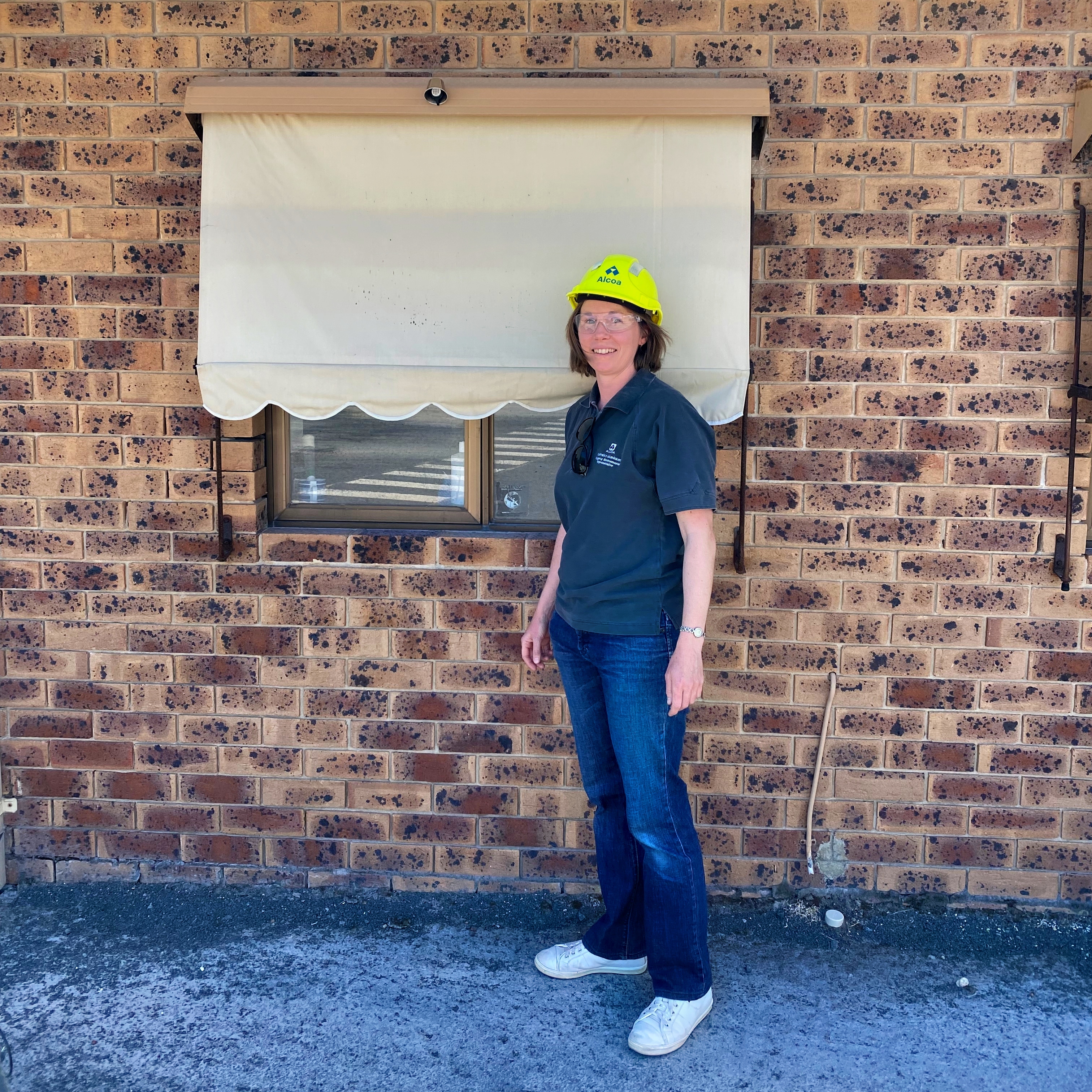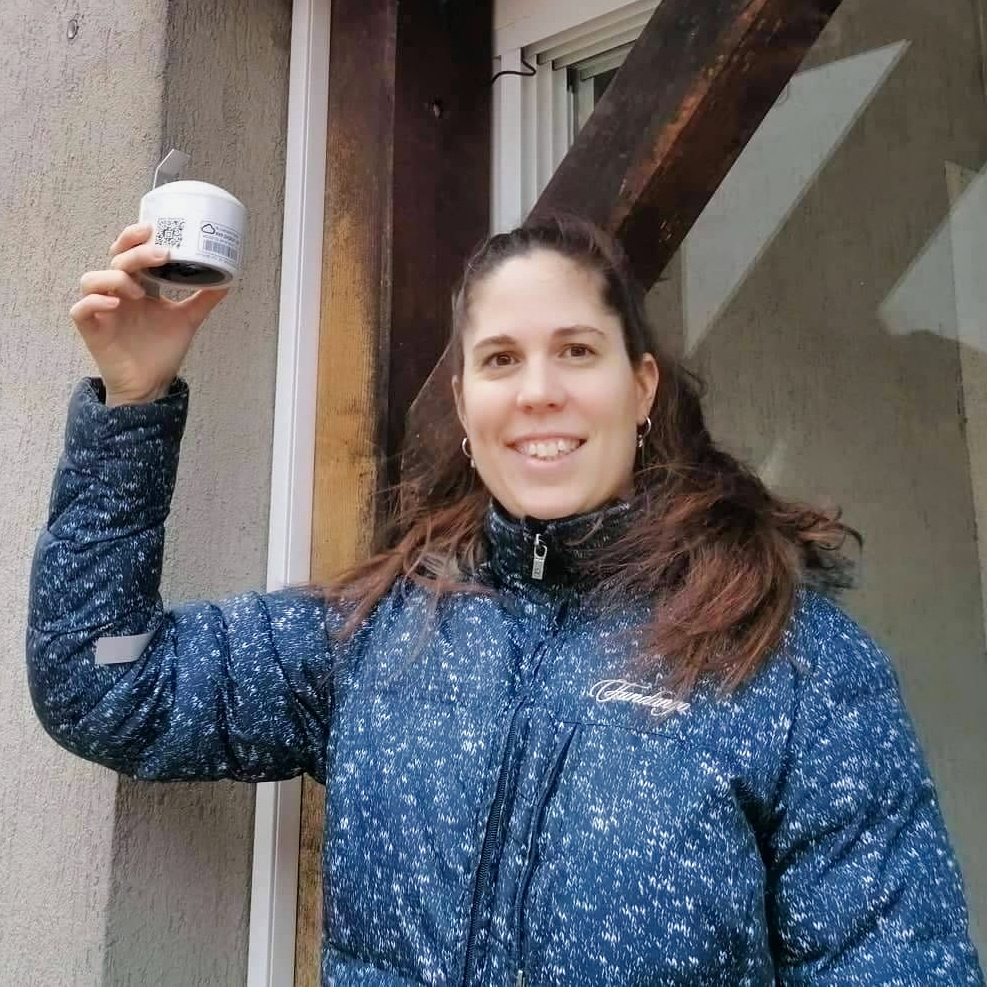Alcoa
Taking Action to Monitor Air Quality Worldwide
The Problem
Exposure to poor air quality and air pollution is regularly cited as one of the most severe threats to environmental and human health, and yet, for most people, it remains a largely invisible problem. The World Health Organization (WHO) estimates that 99% of the global population breathes polluted air that exceeds the recommended limits for exposure—responsible for approximately 7 million deaths per year. In the United States, poor air quality disproportionately affects communities of color, economically disadvantaged communities, and those with pre-existing respiratory conditions—placing them at higher risk of illness and chronic disease.
Despite the magnitude of the problem, in most places around the world, air quality is monitored using expensive technology, operated and maintained by government regulatory agencies. These systems offer a high-level understanding of the air quality for a region but result in significant gaps in data on a local level. However, with the emergence of low-cost air sensor technology, citizen scientists can now deploy monitors in their own communities—contributing to the data needed to take action and increase access to clean air.
.
.
The Solution
.
For Earth Day 2021, Earthwatch provided an hour-long webinar which focused on the science of air pollution, the ways in which it impacts human and environmental health, and how researchers study global air quality. Following this webinar, Earthwatch kicked off a week-long air quality challenge activity engaging Alcoa employees. Alcoa employees were also invited to contribute to air quality data by using the Global Earth Challenge Air Quality App. This app uses photographs of the sky as a proxy for measuring air pollution and to help better understand and train air quality data models.
Following this event, eight employees of Alcoa Corporation were selected as OHA “Air Quality Champions.” These individuals participated in an interactive learning series that centered on the intersections of air pollution and public health. The course covered the science of air pollution and air quality monitoring, as well as strategies for taking action. The program also featured a guest lecture from OHA lead scientist, Dr. Krystal Pollitt. At the conclusion of the series, the Alcoa employees applied their skills by developing action plans and carrying out extensive air quality monitoring in their own communities, across four continents.
.
The Result
.

.
Maya Hogarth, Western Australia
Maya, an Alcoa employee based on the West Coast of Australia undertook an ambitious plan to install ten FreshAir clips throughout her city. The FreshAir clips, designed by Dr. Pollitt and her lab, are small, passive sampling devices which absorb chemical pollutants in the air. They can then be analyzed to identify the exact compounds present in the air. In collaboration with Dr. Pollitt, Maya formulated a strategy to deploy ten of these passive sampling devices across her city, Bunbury, with the intention of identifying different sources of pollution and further understanding the effects of this pollution on local residents. These samplers were deployed for a two-week period in December and are currently undergoing chemical analysis by Dr. Pollitt and her team. Once the analysis has been completed, Maya’s efforts will contribute valuable data into a global dataset, maintained by Dr. Pollitt and her lab at the Yale School of Public Health.
.
.

.
Luis Espinoza-Nava, Pittsburgh
Following his participation in the Alcoa Air Quality Champion program, Luis, an Alcoa employee in Pittsburgh, carried out an action plan intended to educate students worldwide about air quality. In his local Pittsburgh community, Luis facilitated the installation of a PurpleAir sensor at Chatham University. With the support of his wife Miriam, a chemistry professor at Chatham University, a PurpleAir sensor was introduced as a hands-on learning tool for her course, Chemistry in Context. Luis’s proposal also inspired the use of PurpleAir monitors in high school science classrooms. Working with the Spectroscopy Society of Pittsburgh, Luis helped encourage teachers across the mid-Atlantic states to apply for High School Equipment Grants (HESGs) to purchase up to $2,000 of laboratory equipment, including PurpleAir sensors, which could be installed as a learning tool in their classrooms.
However, Luis’s efforts extended far beyond his local Pittsburgh community. In collaboration with Alberto Huanambal from the Environmental Engineering Program at the Universidad Peruana Cayetano Heredia (UPCH) Luis facilitated the installation of PurpleAir sensors in Lima, Peru. This initiative took on added importance, with Alberto sharing that “Lima, Peru's capital, regularly exceeds the World Health Organization (WHO) air quality health standards, especially particulate matter of 2.5 micrometers in diameter (PM2.5). This can be highly detrimental to the health of the more than 9 million people that live in Lima…” With the help of Luis, the university received a PurpleAir sensor, which they installed on the second floor of the university's Research and Development Laboratories building located on the main campus in Lima, Peru.
This program allowed us to raise awareness within our university and among the local community about the poor air quality we breathe in Lima, in addition to providing data for educational experiences for our students so that they can work with real, current, and local data to understand and solve one of Lima's biggest health and environmental challenges.
— Alberto Huanambal, M. Sc., Universidad Peruana Cayetano Heredia (UPCH)
.
.

.
Amalia Csiby, Hungary
Inspired by her love of the environment and in an effort to fill gaps in European air quality data, Amalia Csiby undertook an initiative to install two PurpleAir sensors in her home country of Hungary. One sensor, depicted below, was installed in Amalia’s neighborhood in Székesfehérvár. This sensor will provide real-time data on local air quality, reducing exposure by enabling Amalia and her neighbors, especially those with underlying respiratory conditions, to make informed decisions about their outdoor activity on a given day. Amalia’s plan to involve her neighborhood in using and accessing the sensor will greatly expand the reach of her project. By educating her community on the implications of unhealthy air, Amalia is helping to reduce the number of people who would otherwise be exposed. Another sensor is in the process of being installed in the Alcoa office in Székesfehérvár. In collaboration with office management, Amalia’s goal is to raise awareness about air pollution and implement office-wide policies to improve employee health.
Amalia’s PurpleAir sensor in Székesfehérvár is just the second device to be installed in the entire country—highlighting the need for increased monitoring efforts and the positive impact that will result from her initiative.
.
.
About Earthwatch
Earthwatch is an international nonprofit organization that connects people with scientists worldwide to conduct environmental research and empowers them with the knowledge they need to conserve the planet. Since its founding in 1971, Earthwatch has been taking action to address global change through a time-tested model of citizen science and community engagement. By pairing citizen science volunteers from all sectors of society with researchers around the world, Earthwatch teams have helped to safeguard critical habitats, conserve biodiversity, and promote the sustainable use of natural resources. For more information, visit Earthwatch.org.
.
Get in Touch
To discuss corporate partnership opportunities, email Kelly A. Doyle, Director of Strategic Partnerships, at partnerships@earthwatch.org.
To stay up to date with our latest partnership work, sign up for the In Partnership newsletter.
.
.
.
.